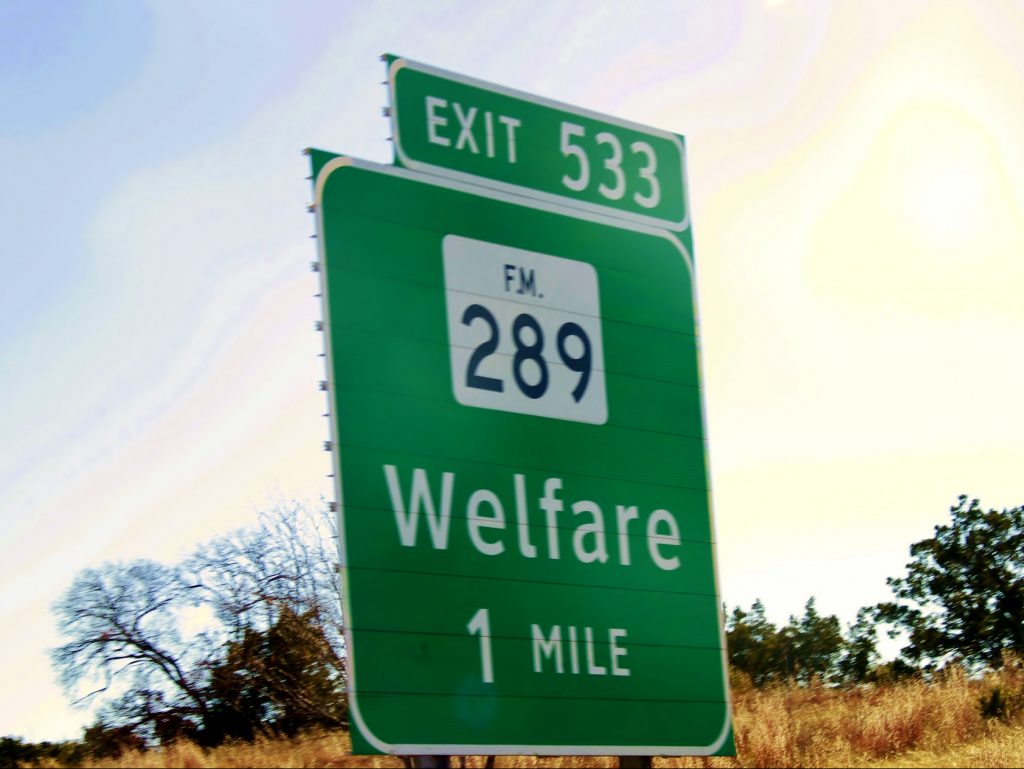Warmth towards federal unemployment insurance (UI) programs is waning quickly among elected officials. Half of states are prematurely ending their participation. The Biden administration apparently will not enforce laws that mandate expanded unemployment eligibility to workers typically restricted from obtaining payments. The political inertia of the moment is trending towards viewing unemployment insurance as bad.
Do not let this sharp change in approach take away from the substantial successes of program expansions over the past year. Congress may not consider unemployment insurance reform, but state legislatures’ could attempt to implement policy changes that reduce unemployment benefits below the inadequate pre-pandemic levels. Although state governments are in much better fiscal shape than expected, some legislators may ignore the big picture and pursue further cutbacks to unemployment programs. Any proposals making rollbacks to state benefits will harm working families and need to be opposed.
Pandemic UI supplements helped families keep food on their tables during a time of immense vulnerability. Those in less traditional work, often unable to receive unemployment benefits, were able to qualify. Eligibility lasted the duration of unemployment for many. Increased benefit amounts were sufficient enough to meet essential needs and associated with greater levels of food security and reductions in poverty, while not hurting job seeking or employment levels. Those receiving benefits were also at lower risk of depressive and anxiety symptoms.
A host of permanent struggles were certainly avoided for millions of families. The improved food security protected many from worse overall health and higher risk of chronic diseases. Children of unemployed workers, especially vulnerable to long term issues, were safeguarded from a multitude of lasting health damage ensuing from food insecurity and poverty, like asthma, stunted growth, and cognitive problems. All of these features are in stark contrast with those seen pre-pandemic.
Where you lived could determine if you fell into financial despair from loss of work. Unemployment programs were only accessible to around 1 in 4 unemployed workers in 2019 with sizable state variation. The average weekly benefit in many states didn’t meet the definition of our existing federal minimum wage, widely considered insufficient for basic needs. A third of workers that lost long-held jobs between 2017 and 2019 were still seeking employment in January 2020. Twenty percent of unemployed individuals were unable to find a new job for more than 6 months. Unemployment benefits expired for many despite still looking for work in their respective fields.
State programs used to do a better job supporting those that qualified. But rather than building up sufficient cash reserves for emergencies, states financed only what was necessary for the immediate moment. When the 2008 financial crisis hit, they were unprepared for the scale of payments required to support families. Federal enhancements, similar to now, helped support workers that lost jobs.
Then as the recovery from the Great Recession was underway, states stripped apart their programs to address budget shortfalls. This austere whiplash resulted in watered down unemployment benefits in many places. The proportion of jobless workers receiving unemployment insurance dropped. Workers began experiencing shorter eligibility periods and smaller benefit amounts. The efficacy gap between the US and other wealthy nations’ unemployment programs widened.
This time could be different though. States are experiencing overall budget surpluses as we exit the present health and economic crisis. With this improved financial standing, states that shrunk their UI systems last decade can build them up again while addressing funding issues. Rather than shrinking unemployment programs further, there can be renewed investment in workers transitioning between jobs.
States can raise minimum and maximum weekly benefit amounts, replace a larger proportion of prior income, increase benefit durations, reduce minimum earnings requirements, upgrade systems used for processing claims and distributing payments, and add additional measures that activate Extended Benefits programs. Those often ineligible for program support, such as gig workers, can be classified as employees and given access.
We have seen the positive impact for workers when implementing unemployment insurance programs comparable to those in other countries. It’s time to break the mold of one step forward, three steps back and make permanent improvements.

